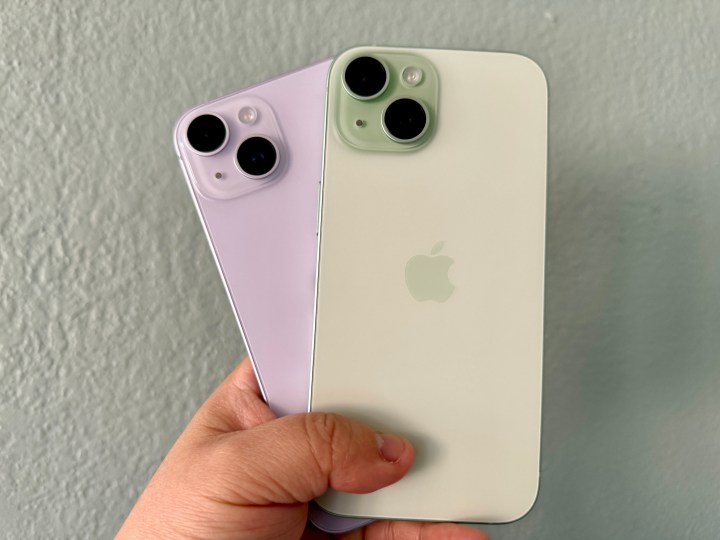
The iPhone 15 lineup — which includes the standard iPhone 15 and the iPhone 15 Pro — is the iPhone at its best. It’s the latest series of iPhones available today and the default choice if you’re buying a new iPhone in 2024.
But it’s not the only choice of iPhones you can purchase. In fact, Apple still sells the iPhone 14, iPhone 13, and the iPhone SE on its website. You could also find other iPhone models available – refurbished or new — from other retailers or carrier stores.
Buying a good iPhone has never been easier. But why should you buy an iPhone in the first place (especially when Android phones are as good as they are)? Here are a few reasons we think you should consider.
iMessage
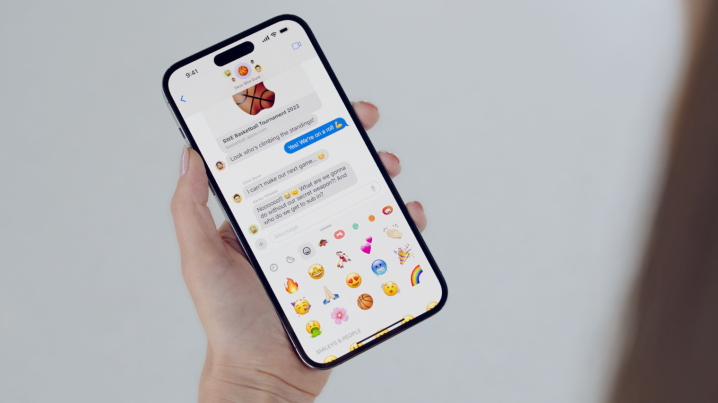
One of the biggest reasons to buy an iPhone is iMessage. Yes, the thing that has caused a lot of controversy for creating the “blue versus green bubble wars” is still one of the iPhone’s greatest strengths.
For the uninitiated, iMessage is Apple’s own instant messaging service that is only available on Apple products, including the iPhone. With iMessage, users are able to send and receive messages with other iPhone, iPad, Mac, and even Apple Watch users. It uses data (cellular or Wi-Fi) to send messages, which can consist of text, images, audio, and more. There are also other benefits to iMessage, like read receipts and typing indicators when the recipient is replying.
If you have other Apple devices besides an iPhone, then you can also send and receive messages with those other devices, so long as you are logged in with the same Apple ID. All messages are synced via iCloud, so you can easily pick up a conversation where you left off, even with a different device.
While iMessage is one of the most important parts of Apple’s “walled garden” ecosystem, it’s admittedly one that is hard to get out of. But iMessage can also send SMS/MMS messages to Android users (green bubble), even on other devices if text message forwarding is enabled.
Plus, iMessage is getting better later this year. After all the controversy over the years, Apple is finally bringing RCS support to iMessage, likely starting in iOS 18. RCS will provide some iMessage-like features between iPhone and Android users, including high-resolution pictures and videos, read receipts, typing indicators, and more. If your family members or friend groups already rely on iMessage — or you want to finally dive into it for whatever reason — an iPhone is the way to go.
AirDrop

Chances are high that if you have an iPhone, you might have an iPad or a Mac too. If that’s the case, then one of the most useful features that can be used between Apple devices is AirDrop.
AirDrop is Apple’s proprietary wireless ad hoc file transfer service that has been around for the past decade — since iOS 7 and Mac OS X Lion. With AirDrop, you can wirelessly transfer files between iOS and Mac devices as long as they are within close range of each other.
In iOS 17, Apple made some much-needed changes to AirDrop to improve its overall usability. These changes include proximity sharing, file transfer over the internet, and NameDrop.
Proximity sharing allows users to easily share photos or files just by being physically nearby to another unlocked iPhone. And now, larger files that would typically take a while to send over can be completed through an internet connection, eliminating the need for the phones to stay close together after the initial transfer process. NameDrop lets you easily share your contact information with another iPhone just by bringing the devices close together.
I’ve been a longtime user of AirDrop over the past decade. It makes it super easy to get my photos over to my Mac for work, and it is also much faster to share photos and videos with friends and family this way. When I have to get photos off an Android phone and need to use Google Photos to do so, it makes me wish I was AirDropping instead. It really is that good.
The Apple Watch
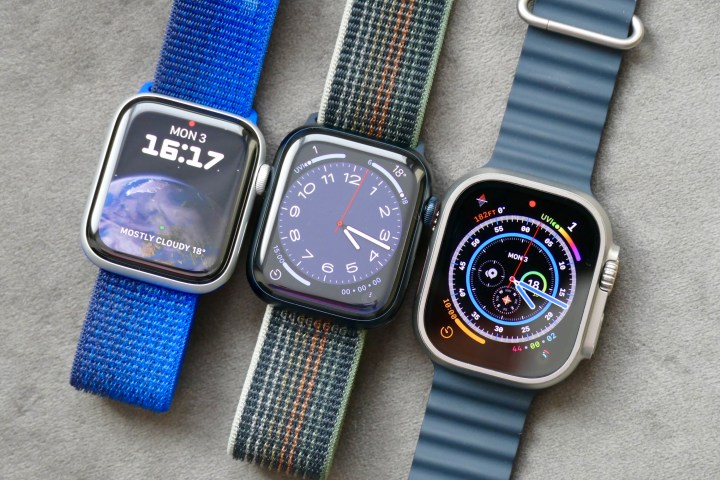
The Apple Watch is one of the bestselling smartwatches on the market, and it’s no surprise why. You get accurate health tracking with continuous heart rate monitoring, ECG, blood oxygen measurements, body temperature for family planning, sleep tracking, and comprehensive workout and fitness tracking.
But it’s not just a great health tracker — it’s also a great smartwatch. You get plenty of third-party app support on the beautiful display, as well as notifications, emergency SOS, alarms, phone calls, and so much more. It also comes in multiple sizes and models — the Apple Watch Series 9, Apple Watch Ultra 2, and Apple Watch SE 2 — and has a myriad of accessories to really make it yours.
You will need an iPhone to set it up, however. The Apple Watch often reigns supreme as the best smartwatch available, and the only way to use it is if you have an iPhone.
Better third-party apps
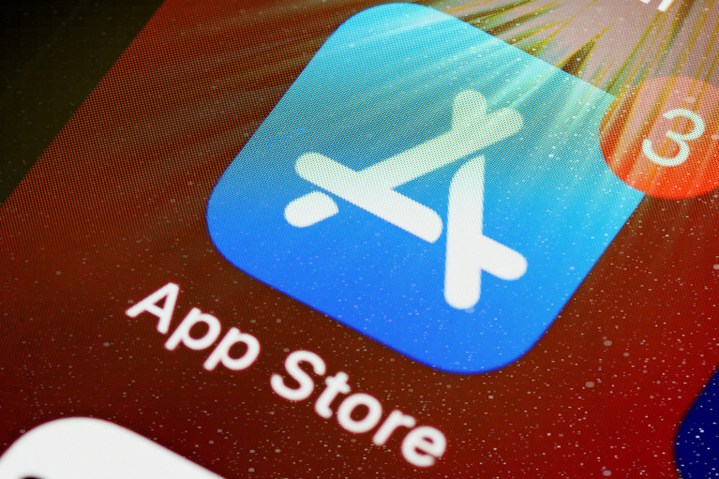
While there are plenty of apps on both Apple’s App Store and the Google Play Store, there’s one difference: the quality and support tend to be better on iOS.
For as long as I can remember (I reviewed apps for a while before coming to Digital Trends), many new apps would be only available for iOS, with no plans for an Android version. Many apps I use daily are also not available on non-Apple platforms. And from what I’ve seen, it’s common to see updates for cross-platform apps hit iOS first, at least from my experience.
But it’s not just that. Since I started using Android phones, I’ve downloaded many of my most-used and necessary apps on whichever Android phone I’m testing. In doing so, I’ve noticed that the overall experience of these apps is much smoother on iOS compared to their Android counterparts. And usually, new features show up on iOS before they do on Android, too.
So, if you care about the mobile app experience, it tends to be a bit better on iOS. As long as your iPhone is still supported by Apple and the app developer, you should be golden.
iOS updates
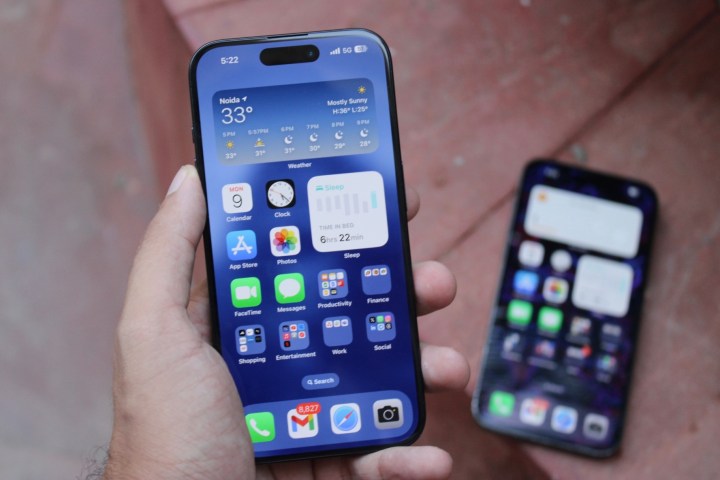
Though more Android phones are getting longer software support (Samsung and Google now offer seven years of Android updates, for example), Apple products have long been known for their longevity. Naturally, this includes the iPhone.
On average, the typical iPhone should get at least five years of iOS updates. For example, the current iOS 17 update can be installed on devices dating back to the iPhone XR, which launched in 2018.
Though Apple has never made any actual “guarantees” like Samsung and Google recently have, its track record has been quite strong in this department. With most people upgrading every two to four years, an iPhone is likely to be replaced before it becomes “obsolete” anyway.
More security
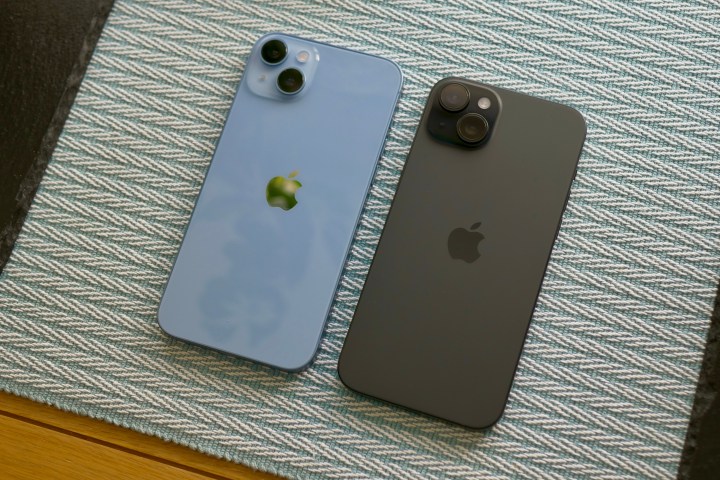
While there are some new cracks in Apple’s walled garden these days due to the European Union’s regulations, iPhones are still more secure than Android phones.
It’s been well-established that Apple’s App Store has had stricter rules and guidelines for its app review process, sometimes to the point where it’s a bit ridiculous. And unless you are in the EU, you still can’t get third-party app stores on your iPhone. So, for most people, Apple’s App Store is still the only way to get your apps. For some, this could be seen as a benefit, as you can trust the app you’re downloading because it passed Apple’s stringent approval processes.
While iOS isn’t completely invulnerable to security threats and vulnerabilities, exploits happen less on iOS than on Android because of the closed ecosystem. It’s also easier for Apple to push out security patches to its users since it has full control over everything, whereas Android devices can sometimes vary depending on the manufacturer.
Apple also prioritizes privacy and encryption. For example, fingerprint and face data for Touch ID/Face ID are stored locally and encrypted in Apple’s “Secure Enclave.” Health records in the Health app are also encrypted and secure, and not even Apple can access that data, even if Health sharing is on.
Basically, if you want a more secure smartphone experience, the overall better option is definitely an iPhone. Android phones aren’t bad in this regard, but Apple still has the upper hand here.
Apple TV, Apple Music, and more
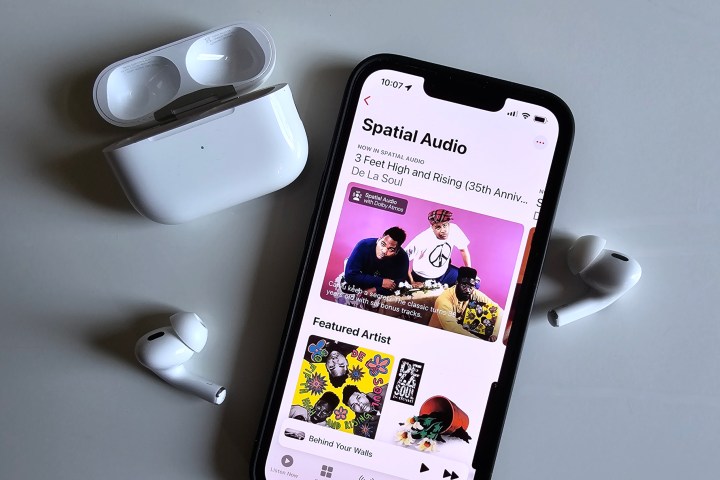
Most people know Apple for its hardware, but it’s also pretty good on the service front, thanks to Apple TV+ and Apple Music.
Though Spotify is the most popular music streaming service, Apple Music isn’t too far behind. I’ve been using Apple Music since it first launched in 2015, and I enjoy it even more since it’s been part of my Apple One bundle. Apple Music has tighter integration with iOS overall compared to Spotify, and the sound quality is better on Apple Music than on Spotify.
The Apple TV app is also a great way to consolidate all of your favorite shows and movies in one place. You can watch Apple TV+ exclusives and link up your other streaming services, buy or rent shows and movies, get sports, and more. There’s also Apple News+, Apple Arcade, Apple Fitness+, and so on. Apple’s services have grown a lot in recent years, and if you rely on any of them, an iPhone is the perfect way to access all of them.
iCloud

One of my personal favorite features of iPhones is Apple’s iCloud. I have it as part of my Apple One bundle, but even before that, I was subscribed to iCloud for extra storage space. It works well and is completely in the background.
With iCloud, I’m able to store pretty much all of my most important bits of data. It’s how I back up my 1TB iPhone 15 Pro so that whenever I upgrade, restoring all of my data is done with just a couple of taps. I also use iCloud Drive so my files are accessible on all of my Apple devices, iCloud Photo Library so all photos and videos are synced, and if I have the iCloud option for apps, I use that rather than having to deal with another syncing service.
It’s still irritating that Apple only provides 5GB of iCloud for free, which is pretty much nothing in 2024. But I can assure you that iCloud is definitely worth paying for, especially if you have additional Apple devices. The saying “it just works” in regard to Apple devices may feel tired these days, but with iCloud, it’s true. Everything is backed up, everything is synced, and you don’t have to think about it at all.
iPhone accessories are unmatched
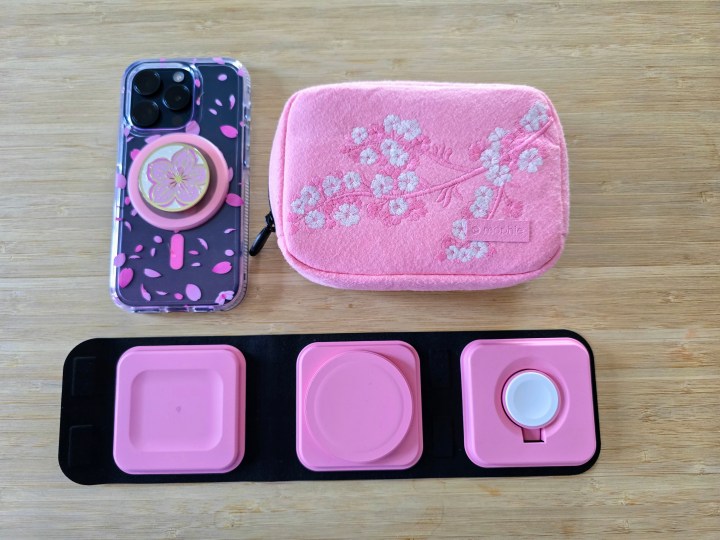
If you care about accessorizing your phone, then the best choice is the iPhone.
This likely doesn’t come as a surprise. If you go to a retail store, like Best Buy or Target, you’ll probably find dozens of cases for different iPhone models. Even online, you’ll stumble across more case options for the iPhone than you would for an Android phone. From cute and stylish to rugged and durable or basic and thin, the iPhone can be dressed in pretty much anything.
You simply don’t get as many options when it comes to other phones, like the Samsung Galaxy S24, Google Pixel 8, or OnePlus 12. I’m not saying there aren’t any cases, but your choices are much more limited compared to iPhones.
For example, OtterBox had some cute Valentine’s Day cases, but they were only offered for the iPhone 13, iPhone 14, and iPhone 15 series — there were none for the Samsung Galaxy S24. Casetify is another brand that has a ton of cool collaborations with popular brands like Disney, Marvel, Star Wars, anime, influencers and artists, and more. But most of the cases are for iPhones, with maybe a Pixel or Galaxy option here and there.
Accessories aren’t the deciding factor when choosing your next smartphone, but if that’s something you care about, the iPhone’s lead here is impossible to ignore.
Apple’s customer service

Sometimes, you just end up with device issues, and that can be a headache. Fortunately, Apple is known for its great customer service, and you’re likely to get better help from Apple than from other brands.
Every iPhone has one year of hardware repair coverage and 90 days of complimentary technical support. For even more coverage, you can purchase AppleCare+, with the option for Theft and Loss coverage for an additional fee. The price of AppleCare+ depends on the iPhone model you’re covering, and it starts at $79 for the iPhone SE 3 and goes up to $199 for the iPhone 15 Pro Max. Theft and Loss coverage adds another $70 on top of those prices.
You can contact Apple support by phone or by going to an Apple Store after making a Genius Bar appointment. With AppleCare+, incidents cost as low as $29 for screen or back glass damage, $99 for other accidental damage, and $149 for theft or loss.
I’ve been using iPhones for more than a decade. While I don’t usually have problems, the few times I have, the customer service I’ve received has been above and beyond. From what I’ve heard about other manufacturers, it sounds like it can be a nightmare to deal with, though it all depends on who you get to help you out.
Still, Apple has a solid reputation for customer service, so you’ll get better help and support if something goes wrong. It’s not something you hope you have to rely on, but if you do need it, Apple should have your back.



